I would like to know how to shift a signal in Simulink.
I am using a PWM generator (DC-DC) and the input D is from a lookup table, a sine wave. From the PWM generator block I am taking the pulses I want (a sine PWM).
However, because of having two MOSFETs, I need a second pulse signal which should be shifted, so that when the first pulse in the first signal finishes, the first pulse of the second signal starts.
I think the real issue here is this: the duty cycle is changing for each pulse, so each pulse should be shifted by a different time.
The shifting I want is described in the image. The magnitudes of D's are forming a sine wave. For example, if I have 5 pulses (so D1, D2, D3, D4, and D5), the variation of Ds will be like D1=0.1, D2=0.2, D3=0.3, D4=0.2, and D5=0.1 (the numbers are just for example). So I need to shift every pulse according to their own width (duty cycle).


